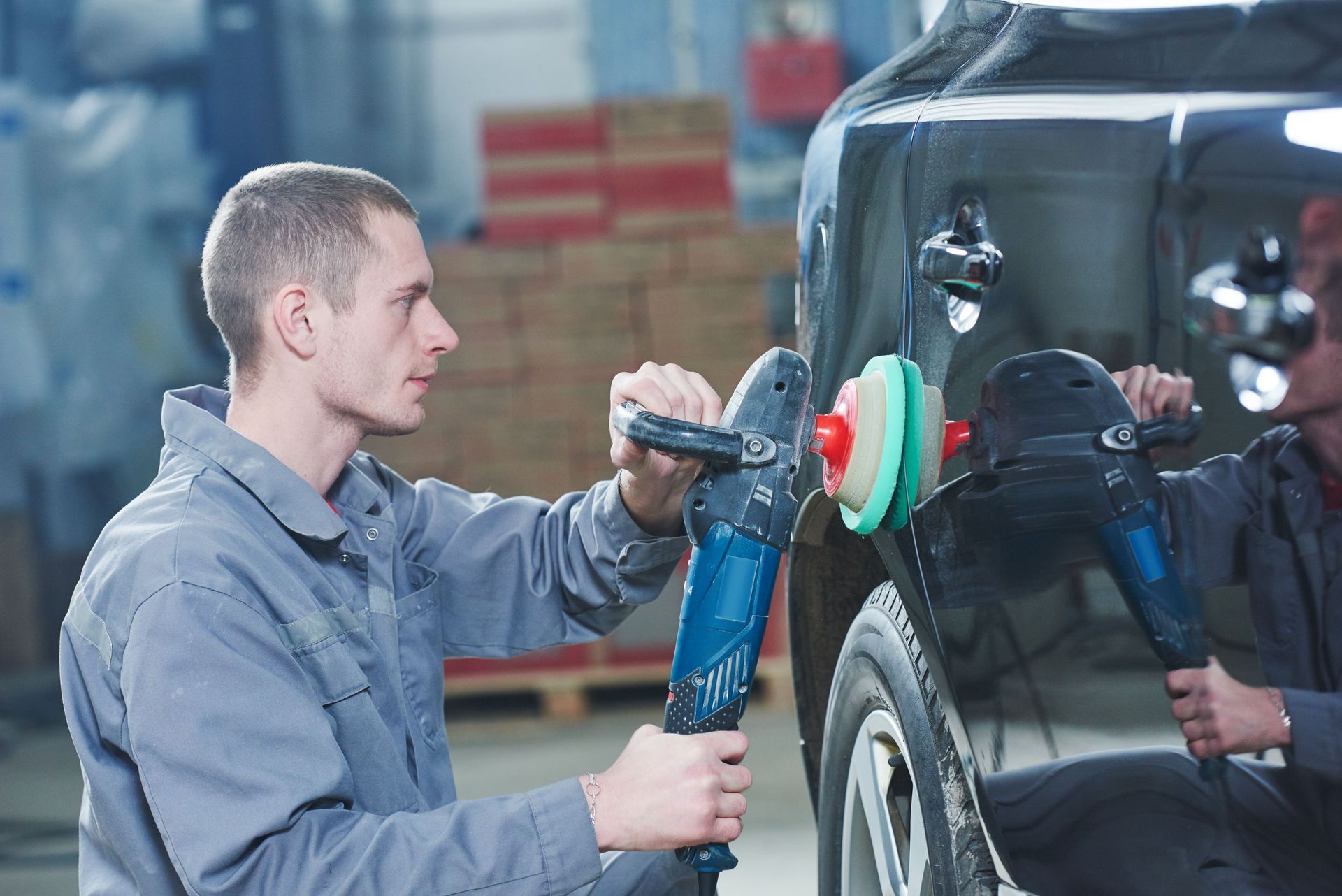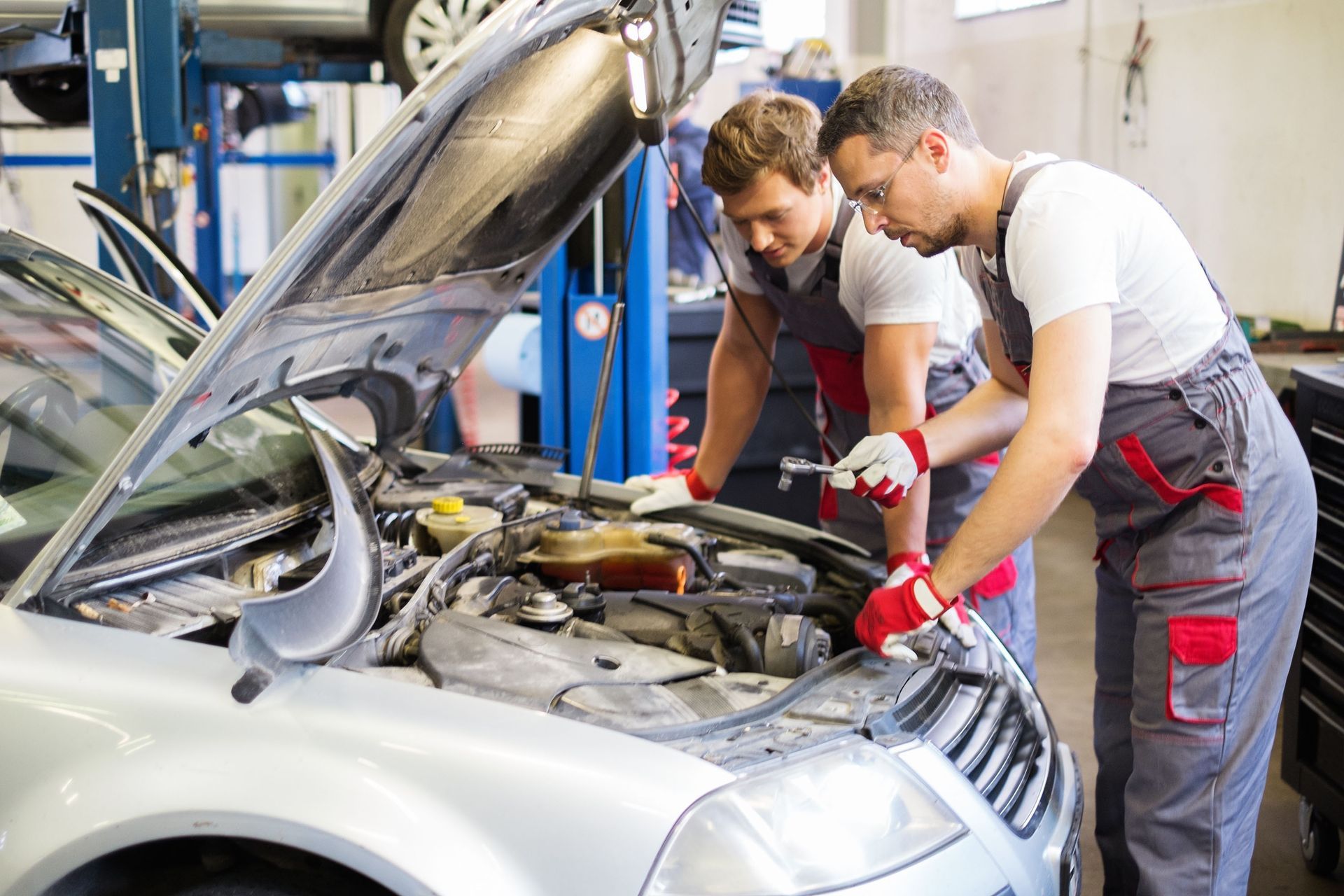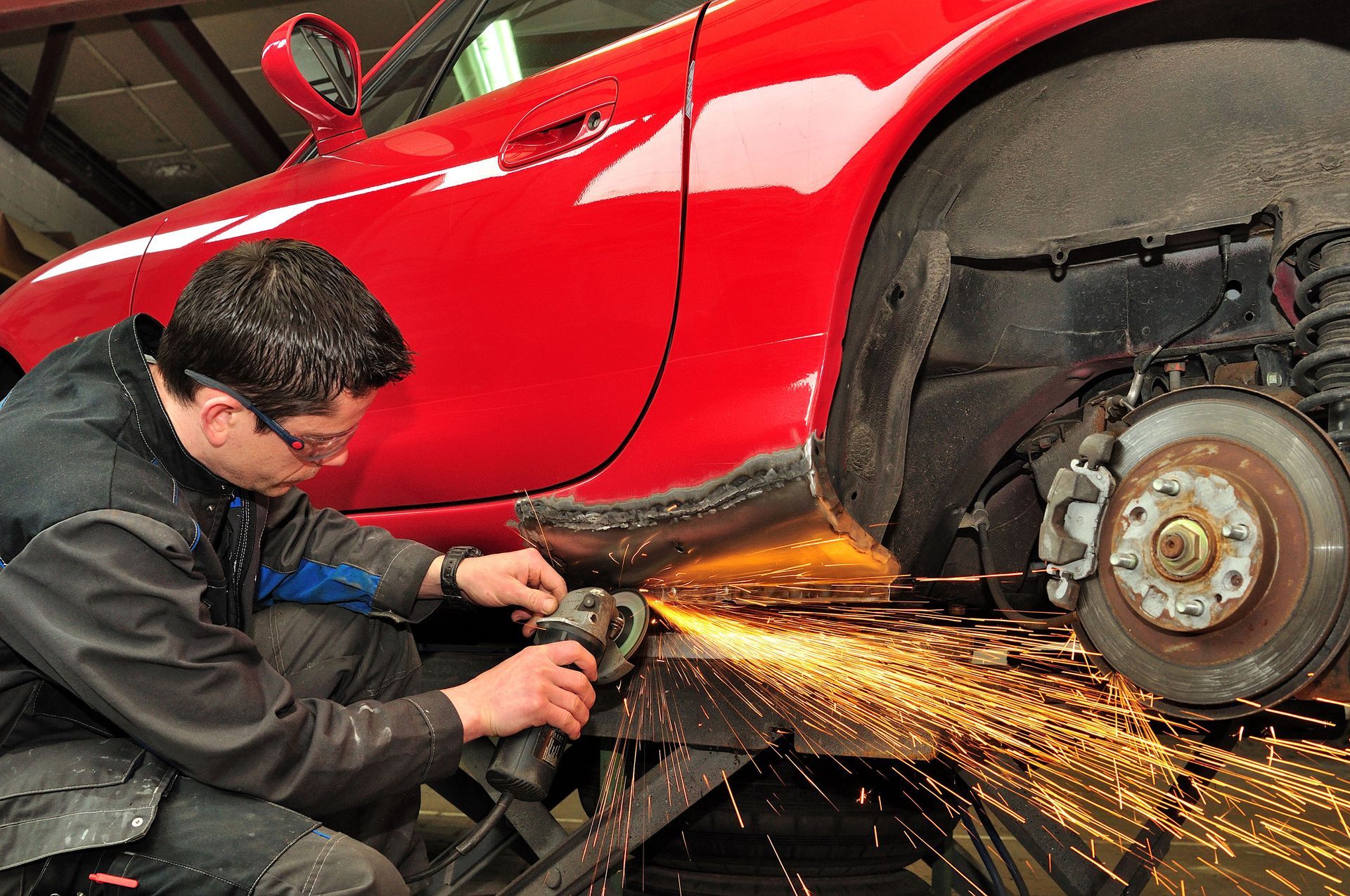How Professional Auto Body Shops Restore Your Car to Its Pre-Accident Condition
In today's fast-paced world, vehicles are not just a means of transportation but an integral part of our daily lives. When accidents occur, the damage involved can be both physically and emotionally taxing. Professional auto body shops play a crucial role in repairing these damages and restoring cars to their pre-accident condition, ensuring safety and maintaining vehicle value.
These specialized shops employ trained technicians who use advanced techniques and tools to meticulously repair and restore the damaged vehicle. The restoration process is not just about outer appearances but also ensuring that the car is safe and functional. Entrusting your vehicle to skilled professionals can ensure that your car regains its structural integrity and aesthetic appeal.
The entire process, from initial assessment to final inspection, requires precision, expertise, and attentive care. By understanding each step of this intricate process, car owners can appreciate the value that professional auto body shops bring. Moreover, having insight into this can reassure vehicle owners that their car is being taken care of by capable hands.
1. Conducting an Initial Damage Assessment
1.1 Performing a Visual Inspection
Upon arrival at an auto body shop, a thorough visual inspection is the first step in assessing vehicle damage. Experienced technicians meticulously examine the exterior for dents, scratches, and other visible impairments. This inspection helps in forming a preliminary picture of the extent of damage. An accurate visual assessment allows technicians to prioritize repairs and estimate timelines. Effective communication of these findings to the customer sets the tone for trust and transparency.
1.2 Using Diagnostic Tools and Technology
The use of advanced diagnostic tools and technology is pivotal in uncovering hidden damage. Many modern vehicles have complex electronic systems that require specialized equipment for a comprehensive diagnosis. These tools ensure nothing is overlooked, preventing future surprises that could compromise safety. By leveraging technology, auto body shops provide a detailed, accurate picture of the car's condition. Their ability to combine human expertise with technological advancements is what sets professional shops apart.
1.3 Estimating Repair Costs
After understanding the full extent of the damage, an accurate estimate of repair costs is essential. Estimators consider both visible and underlying damages while providing a forecast that reflects the complexity of the required work. This process ensures the owner is fully informed of potential expenses upfront. Proper cost estimation prevents unexpected charges and builds trust with customers. According to Bankrate, drivers spent an average of 10.13 cents per mile on maintenance, repairs, and tire replacement in 2024, which highlights the importance of understanding ongoing vehicle care costs.
1.4 Consulting with the Customer
Customer consultation is a vital step in the repair process as it involves discussing the repair plan with the vehicle owner. The technician presents the estimated costs and explains the necessity of each recommended repair step. This consultation allows for addressing any concerns or questions the vehicle owner may have. It creates an opportunity to discuss preferences regarding OEM or aftermarket parts. Effective consultation ensures that the customer is an active participant in the decision-making process.
1.5 Coordinating with Insurance Providers
Post-estimation, the auto body shop must coordinate with the insurance provider to streamline the repair process. This involves submitting damage reports, estimates, and photos to support the claim. Professional shops are adept at navigating the complexities of insurance processes to ensure swift approvals. Effective communication with insurance companies reduces delays in repair initiation. Such coordination is crucial, as most repairs rely on insurance approval to proceed efficiently.
2. Dismantling and Sourcing Replacement Parts
2.1 Disassembling Damaged Areas
Once the vehicle is cleared for repair, the next step involves dismantling the damaged areas. Technicians carefully remove broken parts to prevent further damage or scratches. The disassembly must be meticulous to ensure that only necessary parts are affected. This stage allows a deeper assessment of hidden damage, ensuring no issue goes unaddressed. The precise removal and cataloging of components facilitate an efficient reassembly process later.
2.2 Identifying Replaceable Components
Upon disassembly, technicians focus on identifying which parts need replacement. This decision is critical for restoring functionality and aesthetics. Factors such as the extent of damage, wear and tear, and part availability influence these decisions. The correct identification of replaceable parts prevents recurring issues post-repair. A trained eye ensures that only what is necessary is replaced, maintaining original functionality wherever possible.
2.3 Sourcing High-Quality Parts
Parts sourcing is a crucial aspect of repairing a vehicle correctly. Professional auto body shops have networks that provide access to high-quality parts from trusted suppliers. Selecting the right parts is essential for ensuring repairs last and function as intended. Timely sourcing prevents delays in the repair timeline, enabling a quicker turnaround for the customer. The quality and compatibility of parts can significantly affect the longevity and safety of vehicle repairs.
2.4 Choosing Between OEM and Aftermarket Parts
The choice between OEM and aftermarket parts is often a topic of discussion. OEM parts come directly from the vehicle's manufacturer, ensuring perfect fit and compliance with factory specifications. Conversely, aftermarket parts may offer cost savings but can vary in quality and fit. It's crucial to weigh the pros and cons, considering both budget and desired quality. Discussions between technicians and vehicle owners often revolve around these choices, finding a balance that satisfies both parties.
2.5 Managing Inventory and Logistics
Efficient inventory and logistics management are key to smooth repair operations. Auto body shops rely on seamless supply chain operations to maintain part availability. Proper management ensures that parts are ordered, delivered, and stocked in time for repairs. This reduces the risk of delays due to unavailable components. By leveraging advanced inventory systems, shops can reduce downtime and enhance customer satisfaction via timely repairs.
3. Performing Structural Repairs
3.1 Aligning and Correcting the Frame
Frame alignment is a critical repair stage, as it ensures the vehicle's structural integrity. Technicians rely on precision techniques for realigning the frame to factory standards. Misalignment can impact the vehicle's handling and safety, highlighting the importance of this step. Advanced frame machines and computerized systems assist technicians in achieving precise corrections. Proper frame alignment is foundational for performing additional repairs effectively.
3.2 Executing Welding and Metalwork
Welding and metalwork skills are essential for restoring damaged panels and components. Repairing structural damage often involves reshaping panels and ensuring a seamless blend with existing structures. This requires skilled craftsmanship and attention to detail, ensuring repairs are both strong and aesthetically pleasing. Proper welding techniques prevent future cracks and weaknesses in the vehicle's body. Ensuring the quality of metalwork guarantees the safety and visual continuity of the vehicle.
3.3 Utilizing Advanced Repair Equipment
Modern auto body shops utilize advanced repair equipment to facilitate complex structural repairs. Tools like laser measuring systems and computerized frame machines enhance repair accuracy and efficiency. The use of such technology allows for repeatable, accurate results, crucial for maintaining factory specifications. As technology evolves, so does the ability of technicians to perform high-precision repairs. This investment in equipment reflects the commitment to offering top-notch repair services.
3.4 Conducting Safety Checks and Measures
Throughout structural repairs, safety checks and measures are paramount. Ensuring repairs meet stringent safety standards maintains the vehicle's integrity and reliability. Technicians carry out checks to verify structural soundness before progressing with other repair stages. Proper documentation and certification may be required for certain safety aspects. This focus on safety underscores the shop's dedication to restoring vehicles safely and securely.
3.5 Test Driving to Verify Structural Integrity
A test drive is often conducted to evaluate the structural integrity post-repair. Technicians assess handling, stability, and overall performance during this phase. Any anomalies are swiftly addressed before the vehicle is returned to the customer. Test drives ensure that all repairs align with safety and performance expectations. This final check offers reassurance that the car is ready for regular driving conditions.
Professional auto body shops provide an invaluable service by restoring vehicles comprehensively after accidents. Their expertise spans initial damage assessments to detailed aftercare, ensuring a blend of safety, functionality, and appearance. Skilled technicians, advanced tools, and a commitment to quality underscore their capability in bringing cars back to their pre-accident state. If you're looking for reliable auto body shops, make sure to contact Mullins Body Shop today!





Share On: